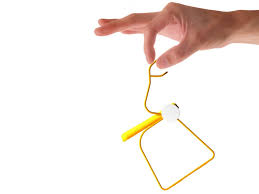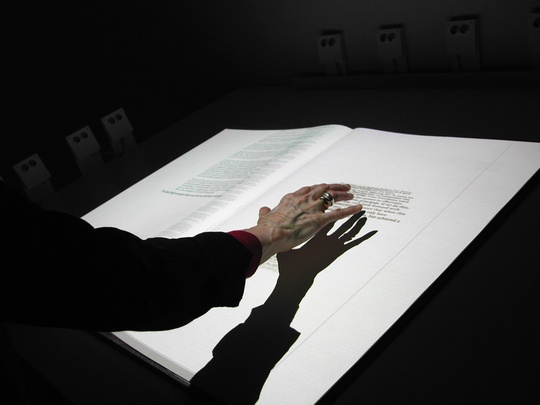Professional Resume Design: Utilizing Color

Using color in your resume can be a dangerous thing, or a sleek advantage. Mostly, which way it will fall really depends on the type of job you are applying for. As a general rule I say forego bold colors unless you are applying for a creative position, something like graphic design. However when you do decide to use color and bold formatting choices there is a right and a wrong way to do it.


If you find your creativity getting the best of you, think about putting together a small design portfolio instead of channeling all that creative energy into your resume. Take the usual “References available” line at the end and change it to “Portfolio and references available upon request”. At the end of the day if you hand your resume to a friend and they have to ask what it is, you have gone too far.
There is also a free resume builder software which can produce a nicely formatted resume after you input details. Check it out at http://download.cnet.com/Free-Resume-Builder/3000-18484_4-75875646.html
About Lindsey
Lindsy is a career counselor working at a university in Ohio. She loves to write useful articles that help undergraduate students to focus on their career.
